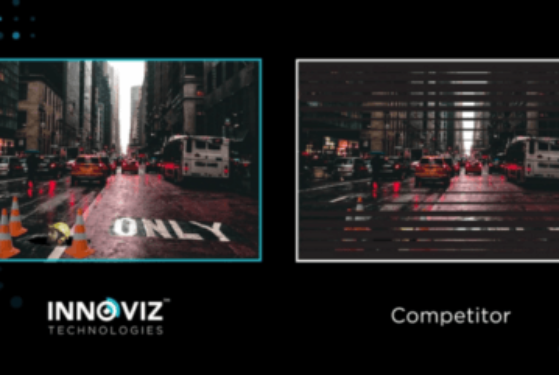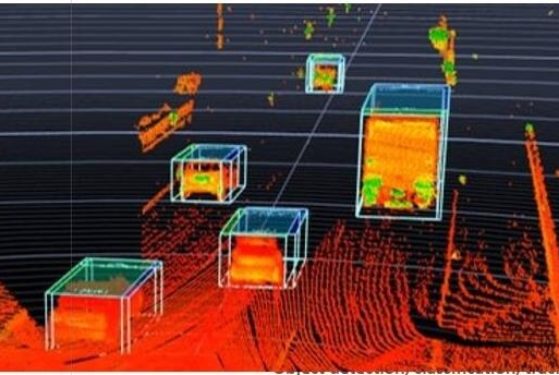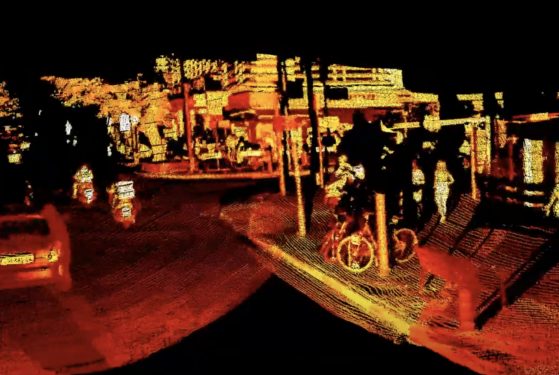Innoviz is a leading provider of solid-state LiDAR sensors made of mostly semiconductor components (primarily chips), which lowers cost and increases performance and reliability. The approach at Innoviz is primed to enable the large-scale production and ownership of autonomous vehicles.
Spinning LiDAR sensors, the most widely available mechanical option, spin large parts of the sensor (lasers, detectors, optics, and support electronics) to generate its field of view (FOV). These units are common but are more prone to failure than their solid-state counterparts. Anything from temperature and humidity changes to vibrations or mechanical shock can cause a failure in the system. Misalignment leads to increased noise and reduced depth accuracy.


